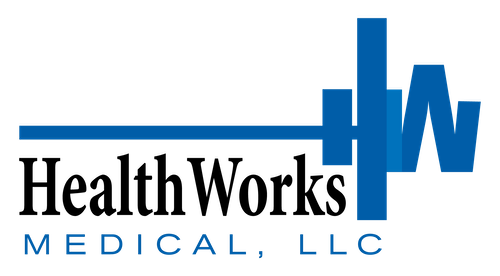
Written By Dr. Patrick Howell
The American workforce is aging—and fast. Today, workers over 55 make up nearly a quarter of the labor force. That number is only expected to rise. While older employees bring experience and loyalty, they also face unique health and safety risks. In this issue, we’ll explore how employers can proactively support an aging workforce while maintaining productivity, safety, and engagement.
What I’m Going to Teach You
- Why this demographic shift matters to employers.
- Common health and safety risks for older workers.
- Steps you can take now to future-proof your workplace.
Why It Matters to You
Ignoring the aging trend could lead to higher injury rates, absenteeism, and turnover. But smart employers who adapt now will benefit from retaining valuable institutional knowledge, improving employee satisfaction, and boosting productivity across generations.
Why Most Employers Fail
Many organizations overlook age-related needs, leading to:
- Increased musculoskeletal injuries from outdated ergonomic designs.
- Reduced engagement from workers who feel unsupported.
- Poor succession planning and knowledge transfer.
My System (The Aging Workforce Action Plan)
1. Reevaluate Ergonomics
Aging bodies have different needs. Review workstations, tools, and job demands to reduce strain and repetitive injuries.
- Use adjustable desks, anti-fatigue mats, and ergonomic seating.
- Rotate job duties to reduce overuse injuries.
2. Offer Preventive Screenings
Encourage early detection of chronic conditions with on-site screenings.
- Focus on blood pressure, vision, hearing, and musculoskeletal health.
- Catch small problems before they become lost time injuries.
3. Embrace Flexible Work Options
Support older employees with:
- Modified schedules or shorter shifts.
- Remote or hybrid work options when applicable.
- Gradual return-to-work programs after injury or illness.
4. Cross-Train for Knowledge Transfer
- Use seasoned workers as mentors or trainers. Their expertise is invaluable.
- Build continuity plans that document legacy knowledge.
5. Promote Wellness Across Generations
- Tailor wellness programs to meet the needs of both younger and older workers.
- Consider balance training, arthritis support, and chronic disease management.
Takeaways
- America’s workforce is aging, and employers must adapt.
- Focus on ergonomics, flexibility, screenings, and mentorship.
- Proactive steps now will improve retention, reduce injuries, and strengthen your culture.
My Challenge to You
Audit your workplace this month with aging employees in mind. Start by evaluating ergonomic risks and scheduling a wellness screening event. Need help? We’re here to support your efforts.
